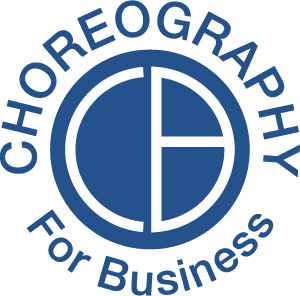The Truth Behind Eye Contact
You've all heard it - the eyes are windows to the soul. You've probably also heard 'eye contact' being thrown around as a tip for public speaking and engaging with people....well, that advice is only part of the story.
Have you ever tried to maintain eye contact without a break and found it is extremely awkward and very intense?
Think about a casual conversation you are having with a friend. If you are the speaker, your eyes will take on a natural rhythm comprised of alternating between the other person's eyes, scanning their face, looking away - up and to the left, down and to the right, or a series of other directions as you call upon facts, images and conjure up new ideas.
According to Desmond Morris, there are only three reasons you would ever lock eyes on someone and not break eye contact: love, fear/distrust, active attack. The way our limbic response system is hardwired, we don't want to take our eyes off of: someone we are enamored of; someone we are fearful or distrustful of, or an object/person we want to attack. These three emotions are all high intensity feelings, mirroring the high intensity feeling of not breaking eye contact with someone.
My advice? Translate the 'eye contact' advice into the following tips:
1) Become aware of your natural eye contact cadence. Play around with the length of time you keep eyes with someone, noticing how it changes the dynamic of the conversation.
2) When in a more high stakes situation, make sure you establish your baseline as looking at the faces of your audience members. In this way, you can intentionally set their faces as a home base, as opposed to an end all be all, or end up avoiding them entirely.
3) In the event you are presenting in front a large audience, or even more intense, a dark theater audience, don't try to make eye contact with everyone. Instead, pretend your audience is more like one really large face and you want to make sure you pay homage to its entirety. After all, some of the best speakers appear comfortable, almost as though they are talking to a friend.
It is true that eye contact is very powerful and if you can be intentional about the way you play with it, you may be surprised by how much command you can have over a room or a conversation.
In CFB programing, we take a look at eye contact as a key part of our nonverbal experience - I’d love to hear what your experience has been, and see if I can help!

